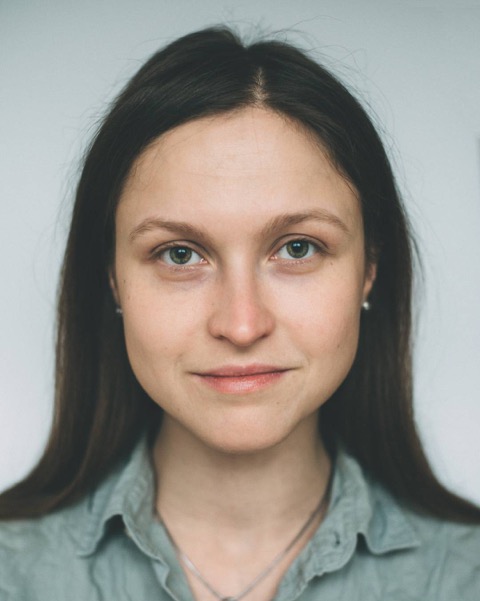The movie is a trilogy that consists of three parts: Human and War (70 mins), Death and Life (70 mins), Space and Time (70 mins). The trilogy observes how war changes humans, space and affects the world.
Through the successive parts, viewers move from the specific to the general, from the human experience of war to the processes of how war influences the whole world.
Each installment explores different phenomena of the war; all three are connected to each other by the common themes of sense, and artistic and visual approaches. The first part, Human and War, investigates the powerful impact of war on personal behavior. The great chaos of war disrupted daily life, but it gradually became a part of people's lives. The war has nevertheless changed their professions, habits, and destinies..
The second part, Death and Life, focuses on the perception of death during the Russian-Ukrainian War. Through the personal stories of several people, we go through the collective experience and acceptance of Ukrainians' common grief. Experiencing the trauma of war together with the heroes of the film, we observe the emergence of a lust for life in its various manifestations.
In the trilogy's final part, Space and Time, we investigate the link between the war in Ukraine and the rest of the world. Events on such a scale affect not only distant countries but also ripple through the past, illuminating hidden and unspoken questions in the history of humanity.

